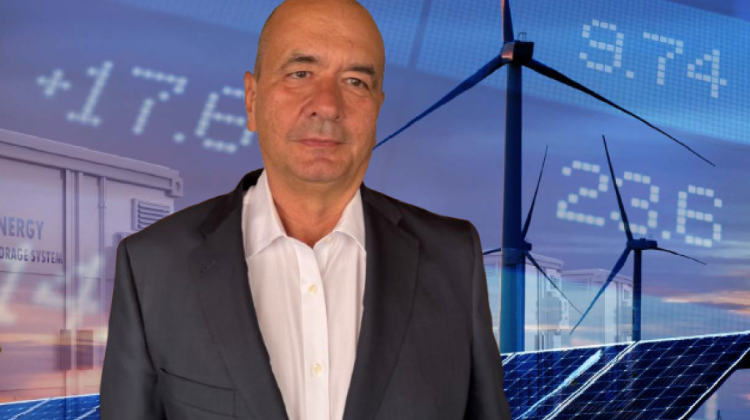Macroeconomic uncertainty and the volatility of energy prices are accelerating the adoption of shared self-consumption models among companies, according to Roberto Rubio, CEO of Aldea Energy.
If a company stabilises its energy prices, it can maintain its competitiveness. Whether through PPAs or self-consumption, they avoid the fluctuations of the market.
In this context, energy communities are emerging as an effective alternative to stabilise costs and improve competitiveness, especially in high-consumption sectors.
“Companies are trying to limit market risks and are looking for solutions like the ones we offer: price stability and energy savings,” says the expert, in an interview with Strategic Energy Europe.
Despite growing interest, the development of energy communities in Spain continues to face significant regulatory challenges, as current legislation limits the operational radius to just 2 kilometres, which restricts the scalability of projects.
“It would be very interesting to extend the range to 10 kilometres, as is the case in Portugal or in other countries where there are no limits at all,” proposes Rubio.
This modification would allow the model to be extended to more urban and semi-urban areas, facilitating access for more users.
Another critical point is the energy sharing system. Although it is promoted as a model with dynamic coefficients, in practice “it is a rigid system that assigns fixed hourly quotas to each supply point,” he maintains.
In this regard, he compares it with more advanced models, such as those in Austria or Germany, where energy is shared based on the group’s total generation and consumption. In these models, a collective balance is generated that avoids excess and improves efficiency.
Despite the existence of a legal framework, the current penetration of solar communities in Spain is extremely low. According to data from Aldea Energy, no province – except for Navarra – exceeds 1% adoption, and in large cities such as Madrid or Barcelona, the rate is barely 0.16%.
“All supply points can be part of a solar community. Therefore, the potential is enormous,” Rubio emphasises.
New developments
The company recently launched four new solar communities in the province of Cuenca: Iniesta, Honrubia, Tarancón, and San Clemente.
These installations, with capacities of up to 90 kWp, will prevent more than 160 tonnes of CO₂ emissions per year and benefit households and small businesses without requiring initial investment or rooftop ownership.
“We don’t want solar energy to be just for a few, but a real option for anyone, wherever they live,” says the CEO.
The company has developed a model in which it leases industrial rooftops for 30 years, activates communities in nearby urban areas, and begins construction once 50% participation is reached.
From energy provider to technology operator
Beyond its role as a generator, this segment is undergoing a technological transformation.
Today, they not only build solar plants, but also develop their own software to optimise coefficients, correct power peaks, and improve energy efficiency.
“We started as an energy company and have now become a tech company, where one of our products is the solar community,” explains Rubio.
The company is positioning itself as a microgrid operator, also offering solutions for the industrial sector and tailored consumption management.
Rebuilding trust
Despite the potential and progress, Rubio acknowledges that the sector is burdened by a difficult legacy, stating that “some players have done things quite badly and that has hurt trust in the solar community model.” For this reason, he stresses the importance of working with transparency, scalability, and visible results.
The expectation for 2025 is to move towards a collaborative, technologically optimised, and fairly regulated energy model. To achieve this, the call to improve the regulatory framework is urgent.
“We need to look towards Europe, because it’s part of what we want to build,” concludes the executive.





























